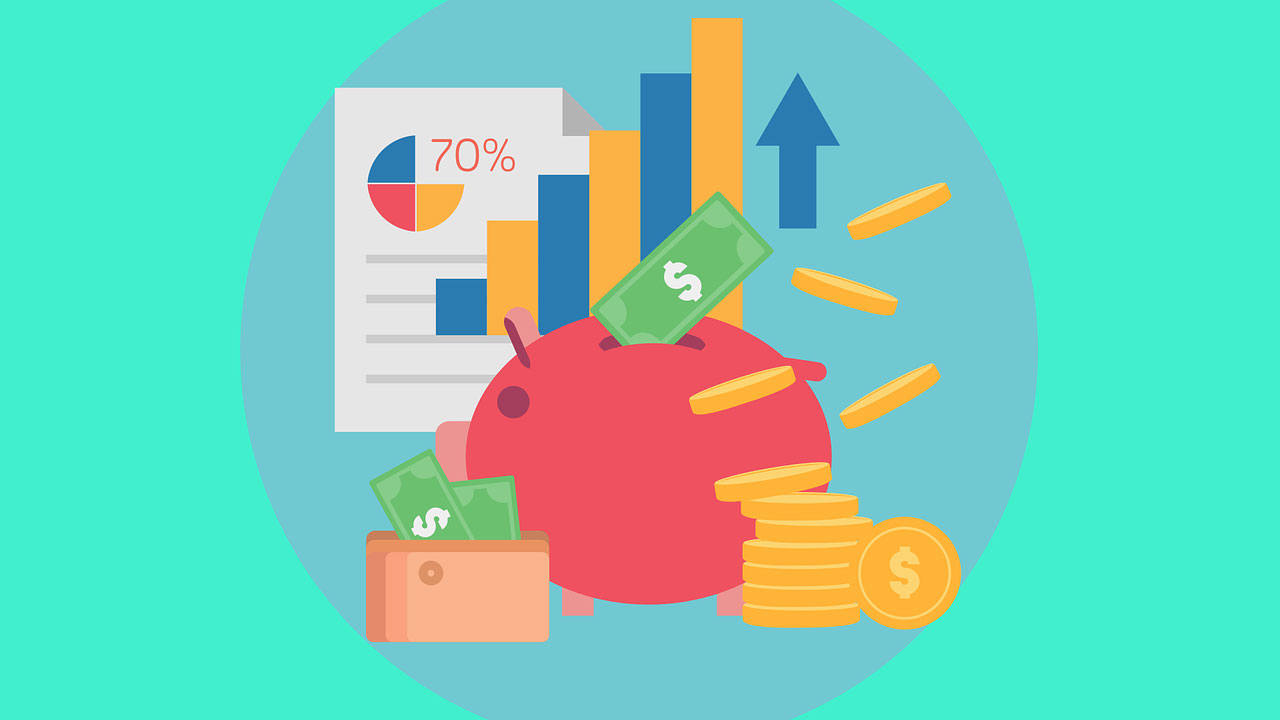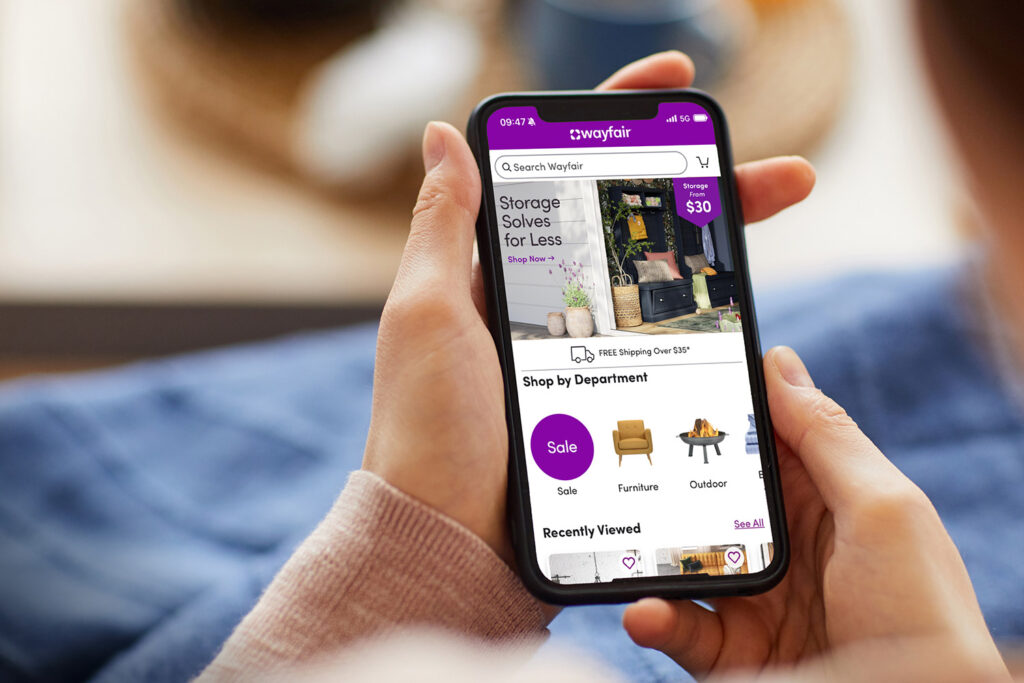A personal budget can get you several steps closer to your financial goals, like lowering monthly expenses, boosting your savings account, and putting money aside for unexpected expenses. With a personal budget, you track your income, spending, bills, and debt to help you move toward a healthier financial future. It's easy to learn how to make a budget when you break down the process into actionable steps.
Top Debt Relief Options
- Gather Financial Documents
- Calculate Your Income
- List Your Expenses
- Track Your Spending
- Choose a Budget Method
- Make Saving Easy
- Use a Personal Finance App
- Enlist the Help of a Finance Expert
- Schedule Budget Reviews
Balancing your income and expenses can be challenging without a plan in place. If you spend money without glancing at your checking account from time to time, you may end up spending more than you have available. This lack of budgeting and clear financial goals can lead to debt and dings to your credit score.
Learning how to make a budget might seem elementary, but you might be surprised to learn how important each step is to the process. Plus, there are several types of spending plan options and budgets to choose from that can make a difference to your bank account and personal finance goals.
What Is a Personal Budget?

A personal budget is the backbone of a personal finance strategy, which is the financial management process that keeps track of your income, expenses, bills, and savings.
Creating a personal budget is essential for financial health because it designs a clear plan for your money. Through your budget, you'll plan for fixed expenses, variable expenses, credit card payments, saving goals, and discretionary spending. You can also make room for an emergency fund, payments on student loans, vacation savings, and any other financial goal that's important to you.
When you have a plan in place for your income, you can more easily see where your money goes each month and the importance of being mindful of your spending. It breaks down all of your income into goal-backed categories, allowing you to save and spend as needed.
How To Make a Budget in 9 Steps
There is no right or wrong way to budget, so it's always possible to learn how to make a budget that fits your finances. However, having a general idea of the steps to take when making one can ensure that you don't miss anything important along the way.
1. Gather Financial Documents
Start by collecting the financial documents you need to get an accurate picture of your financial health. Gather documents that show report your income, such as pay stubs, tax documents, or 1099s.
Then, make copies of all the bills you pay each month. Go through your bank records and print your expenses for the past 3-6 months so that you can be sure to account for all expenses in your budget. Remember to include how much you put into your savings every week or month.
2. Calculate Your Income
Now, calculate how much you earn. If you have only one job as an employee, this should be easy to do using pay stubs. However, it could take a little more work if you have irregular income, such as from a business or real estate properties.
Remember only to include your net income rather than your gross income. Net income includes any money you make after business expenses and taxes, so this is the money that you'll have available for your budget.
3. List Your Expenses
List out all of the expenses you've had over the past 3-6 months, adding them to a budget category, like groceries, utilities, and car payments. When you create your budget, each budget category will have a specific amount to spend. Miscellaneous expenses that aren't necessarily paid monthly can become a miscellaneous category, for example.
4. Track Your Spending
Over the next month or two, continue to track your spending to see where most of your money goes. This can spot overspending and help find reasonable ways to cut back before making your final budget.
5. Choose a Budget Method
There's no reason to feel stuck to one type of budget. There are a few different types of personal budgets to consider. Learn more about each before deciding which one works best for your budgeting needs.
50/30/20 Budget
The 50/30/20 Budget is one of the most popular kinds to decide how to split your money from all income sources. It's flexible because it uses percentages to determine where your money goes, making it work for irregular income and fixed income.
Here's how it works:
- 50% of your income goes to necessary expenses. After taxes come out of your paychecks, up to 50% of your income goes toward household bills and other necessary expenses, such as groceries, child care, and minimum payments toward loans and credit cards.
- 30% of your income is for discretionary expenses. Discretionary expenses are things you want to buy but aren't necessary. This might include extra clothes for your wardrobe, a new desk for your home office, or money for date nights.
- 20% of your income is reserved for savings and debt. If you want to make more than a minimum payment on credit card or loan accounts, account for that in this portion of your budget. This is also where you'll reserve money to add to your primary savings account or savings for a vacation, something you want to buy, or unexpected expenses.
More Types of Personal Budgets

- The Pay Yourself First Budget is best for people who want to prioritize boosting their savings and lowering debt. However, it could be challenging for those who need some help setting aside enough money for bills and other necessities. With this budget plan, you'll set aside money for savings and debt. This can be however much you decide, but it's best to reserve more than your minimum debt payments to get them paid off quicker. Then, the rest of your monthly income can go toward necessities and discretionary expenses.
- The Zero-Based Budget helps you spend or save every dollar of your income. This budget could be helpful for people who like a detailed outline of where their money needs to go each month. Your budget plan would include a list of every expense and debt that needs to come out of that amount, such as rent or mortgage, a car payment, and the cable bill. Anything leftover can go into a “miscellaneous” fund for unexpected expenses or anything else you may need but not spend money on each month.
- Envelope budgeting is a relatively old system of budgeting that involves placing cash into separate envelopes for different purposes, like debt or housing costs. When your check arrives, cash it out and separate it into each envelope. Leftover money that isn't accounted for can go into savings or pay debt.
- The “Anti-Budget” Budget is best for people who don't have a lot of debt and are mindful about their spending. It's incredibly flexible, requiring only that you set aside a percentage of your income every month. This money goes toward everything you need to pay for, like bills and debt, and should also include savings. Everything you have left over is spendable how you see fit. This budget isn't so much a budget as it is a simple guide to keep you in check with your spending.
6. Make Saving Easy
Saving money shouldn't be something you need to stress over. Make it as easy as possible by using an automated savings tool, which many banks now offer through online banking. With these tools, you can set aside a specific amount of money to go to your savings account each week or month without thinking about it.
If your employer offers 401(k) matching, consider signing up for a plan. Some employers invest the same amount that you do, allowing your retirement savings to bulk up quickly.
7. Use a Personal Finance App

Sometimes, a budgeting tool designed to make figuring out your finances easier can be the best way to simplify the process of creating a budget. The best budgeting app options consider your income and financial goals to make an easy-to-follow budget for you.
You can change your goals at any time to suit your current financial situation. Here are a few options:
Now owned by Intuit, the creators of QuickBooks, Mint connects to your accounts to show you every dollar that goes in and out of them. It even negotiates your bills to lower your expenses each month.
Also known as You Need a Budget, YNAB creates a plan for everything you earn. When you make money, YNAB helps you separate it into digital envelopes, creating a visual of where your money should go to reach your financial goals.
Goodbudget
Goodbudget is an excellent option for budgeters who want to share their budgets and goals with others, like a spouse or adult children living in the home. This way, everyone stays on track with living expenses and savings goals.
8. Enlist the Help of a Finance Expert
If your finances are complicated or you're just not sure where to start with your budget, consider getting help from a personal finance adviser. Many offer one-time services to help you create a budget using tried-and-true methods tailored to your finances.
9. Schedule Budget Reviews
Your budget may need to change from time to time, especially if you have a significant change in income, expenses, or financial goals. Also, paying off debt can trigger the need for the reallocation of your income. Review your budget every 3-6 months, just to make sure your plan still makes sense for you
How to Make a Budget You Can Stick To
It's one thing to make a budget, but learning how to make a budget you can stick with easily is crucial to financial success. Start with small goals if it makes it easier, such as cutting out a few unnecessary expenses or adding an extra $25 to your savings each week. Building healthy money habits is one of the best ways you can make the most of your monthly income and budgeting practices.
Use the budgeting tips above as a budget template to get you started. Then, consider the different types of budget plans and decide which one works best for your household budget. If possible, work with a personal financial advisor who can guide you toward debt repayment, better spending habits, and a healthy cash flow with a reasonable monthly budget tailored to your needs.






